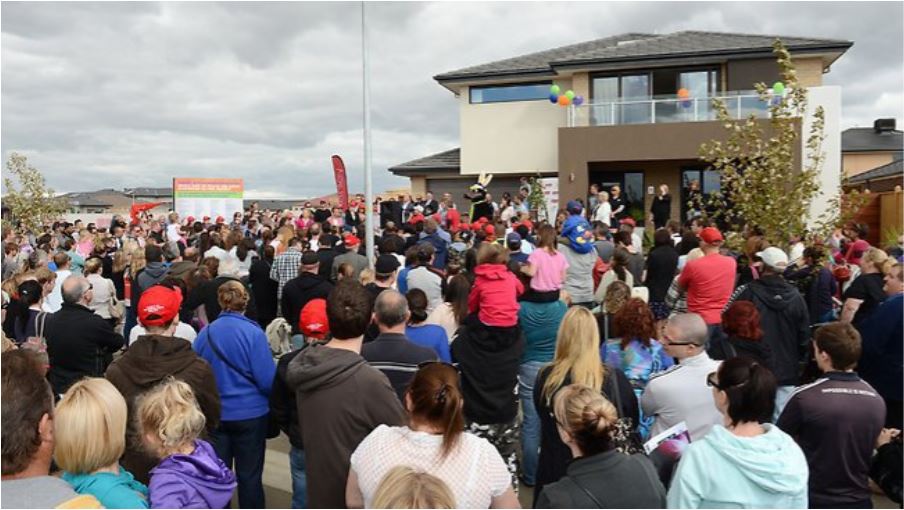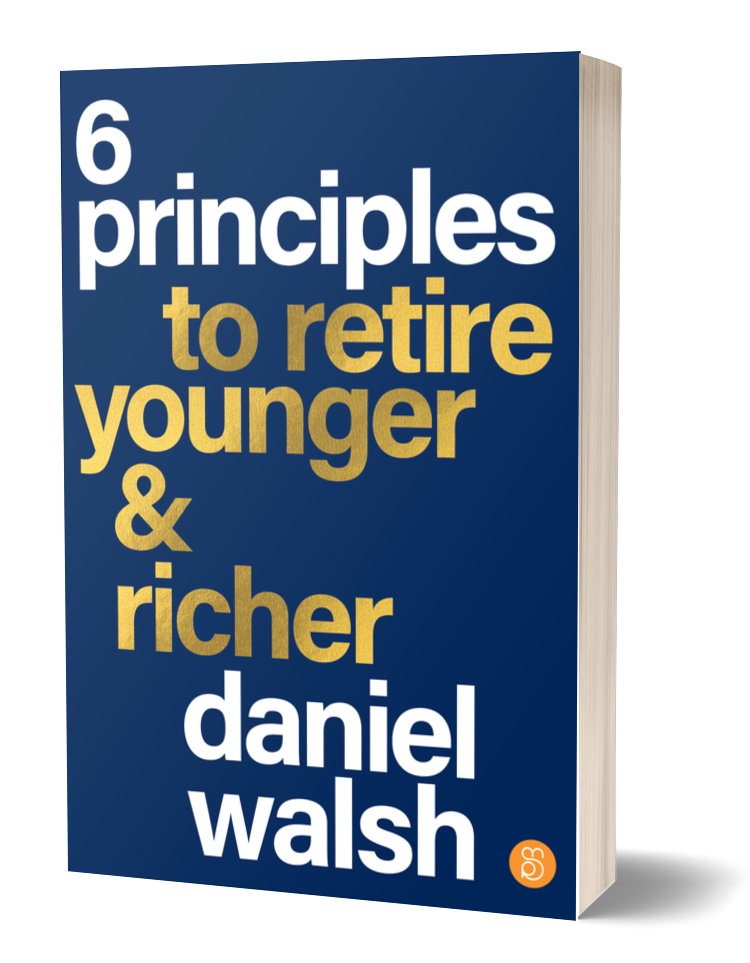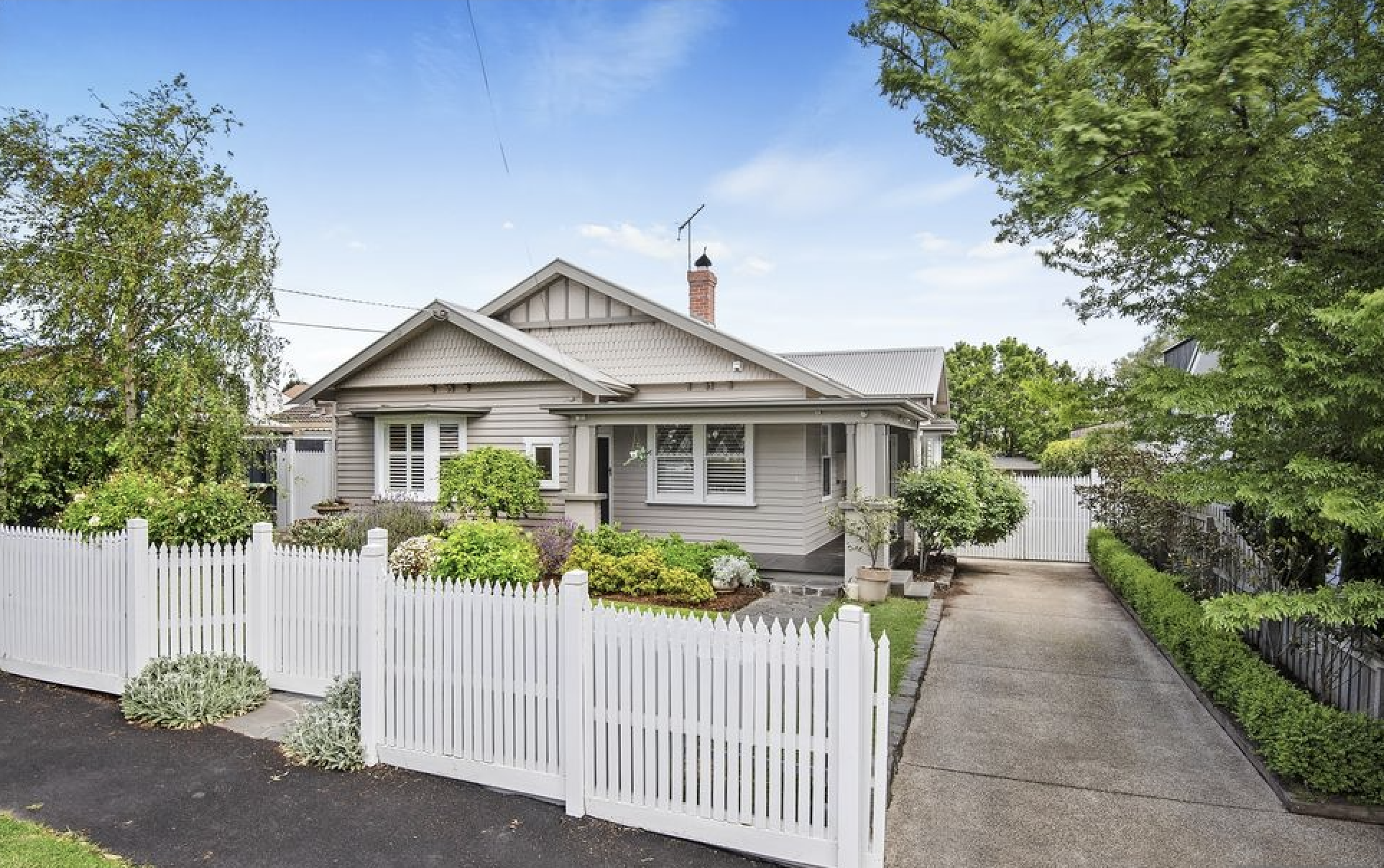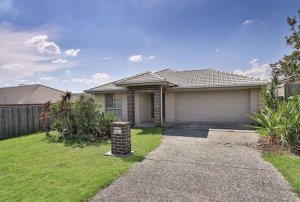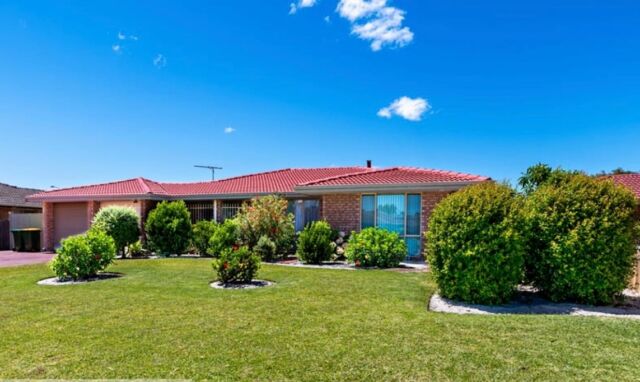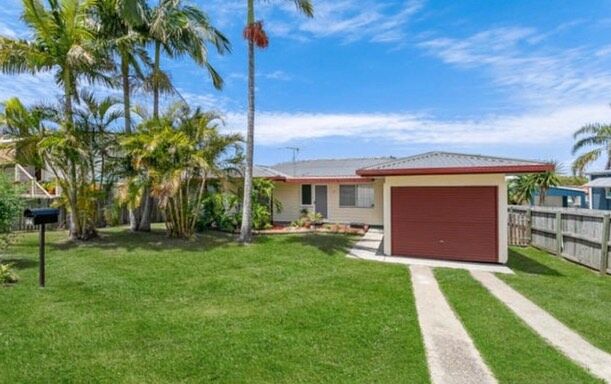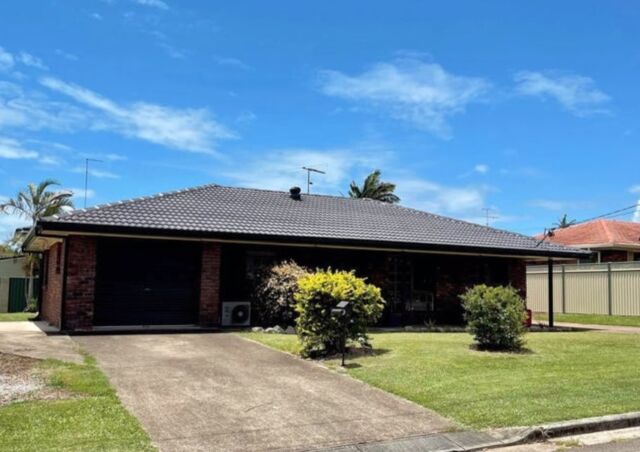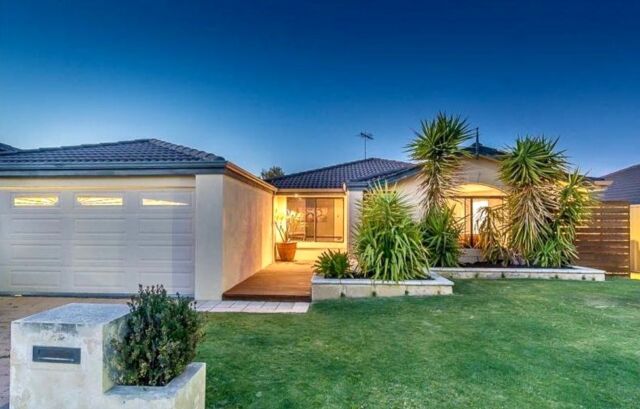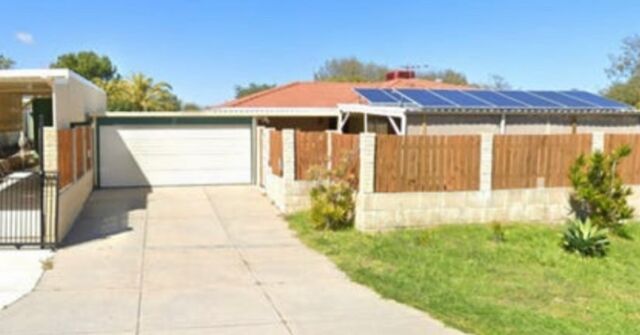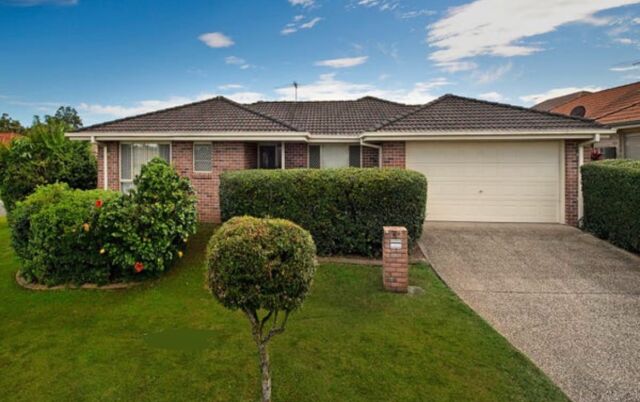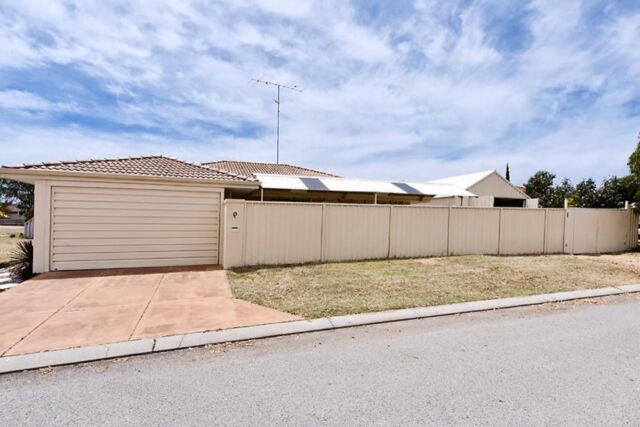Over the past decade, one property investment strategy has come into its own more than almost anything else. That is SMSF property investment.
With superannuation balances starting to show solid balances of hundreds of thousands of dollars, more and more people are deciding to take responsibility for the future growth of their super accounts.
They are doing this by establishing a Self-Managed Superannuation Fund, or SMSF, and then borrowing money to invest in property.
Using your super fund as the purchasing entity can allow investors to increase their portfolios, but it does come with a number of rules that must be followed as well as additional fees and charges.
Buying in a SMSF
Investing in property using a SMSF involves using something called Limited Recourse Borrowing Arrangements (LRBA), which means that the super fund is the borrower.
These types of property loans are more complex and costly than a standard loan, so it’s vital to ensure you have the funds in your SMSF for the deposit as well as the ongoing repayments.
A LRBA usually requires a larger deposit, such as 20 or even 30 per cent of the property’s purchase price, and the loan often has higher interest rates as well.
On top of that, all property costs – such as rates, repairs and lease renewals – must be financed from SMSF funds.
Other rules include not being able to renovate the property substantially until the loan has been paid off and not being able to negatively gear it against your personal tax rate as it is owned by the fund and not you personally.
However, SMSF trustees can claim depreciation on the property, using the standard 15 per cent super fund tax rate.
A SMSF residential property investment also has a number of property rules that must be followed such as:
- It must pass the “sole purpose test”, meaning it is maintained for the purpose of retirement benefits for its SMSF members.
- It cannot be lived in by a person or entity related to the SMSF member.
- It cannot be bought from a related party.
- It cannot be rented by a person or entity related to a fund member.
SMSFs can buy commercial properties, which have different rules again, such as being able to be leased by a business entity of a SMSF member, as long as the commercial market rent is paid.
YPYW Client SMSF Property Purchase Example –
Purchase Price: $320,000
Weekly rent: $360 per week
Rental yield: 6%
Type of property: Residential house, 4 bedroom, 2 bathroom, 2 car garage with 2 living areas on a 600 sqm block. 2014 build with low maintenance.
Property selection vital
With more rules and more costs, it’s no surprise that property selection is vital for anyone considering buying in their SMSF.
As well as having a minimum fund balance of at least $150,000, there should be enough cash flow in the fund to cover all property-related expenses.
This cash flow can come from super contributions as well as rents, which is why choosing a property that has solid rental returns is important.
Savvy investors ensure they buy properties that not only have solid capital growth prospects but are also ones that pay for themselves almost from the outset.
This is also paramount because borrowing money to buy property in your SMSF requires principal and interest repayments to be repaid out of the fund.
Unlike residential investment, you can’t “top up” the super balance once contributions have hit the legislated limit.
Investing in property using a SMSF can be a sound wealth creation strategy.
However, it is not something that should be attempted without expert advice and guidance given the additional rules and costs.
You can learn more about investing in property using a Self-Managed Super Fund here.



